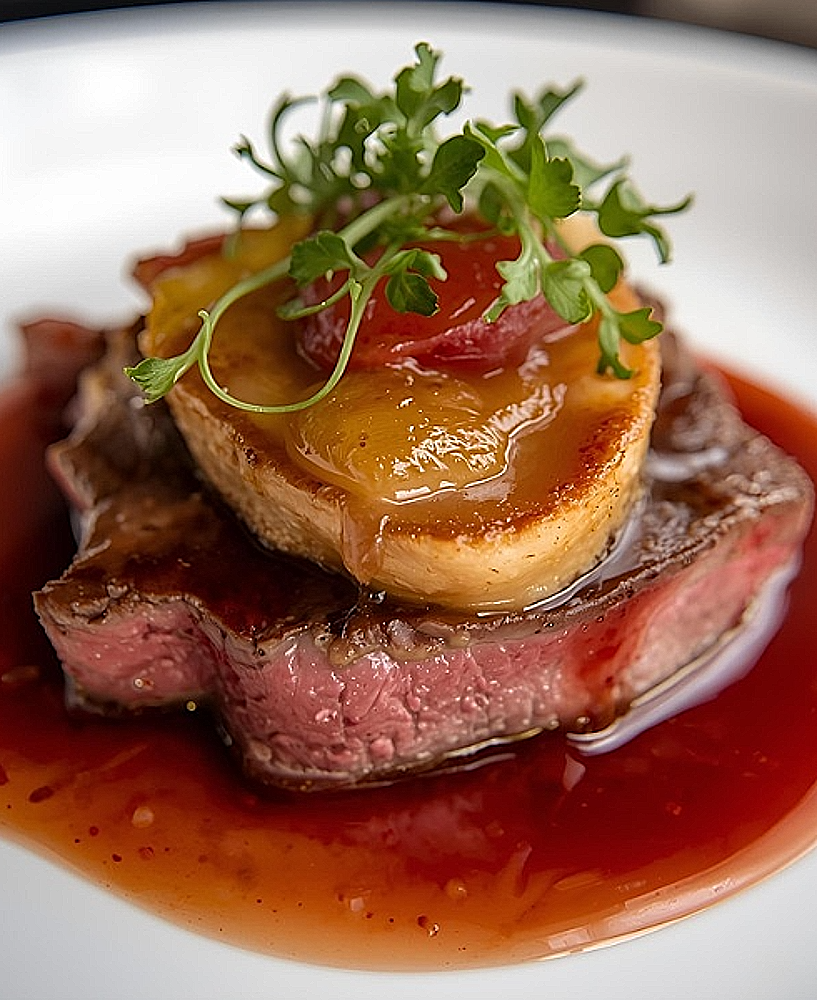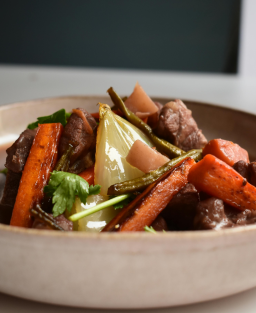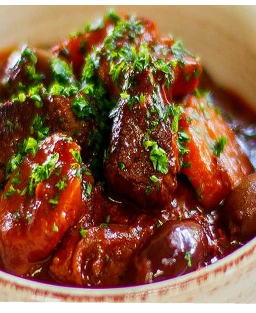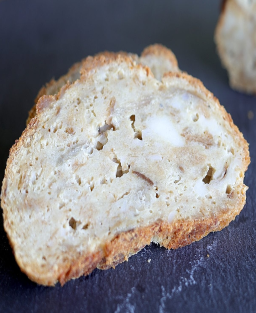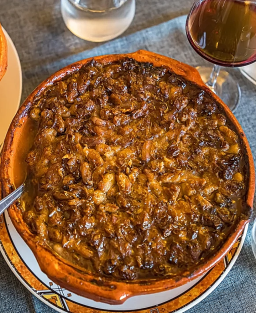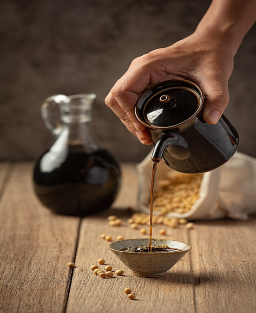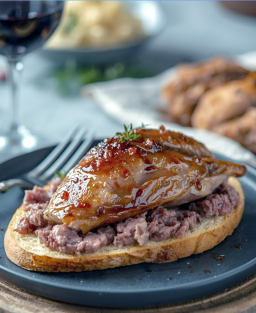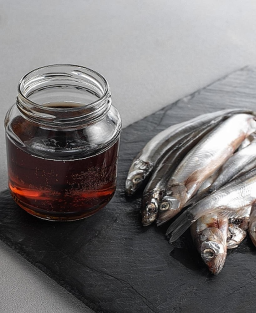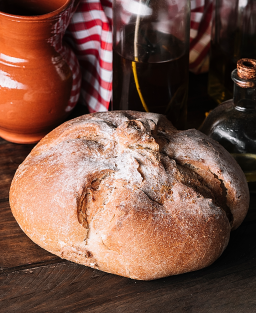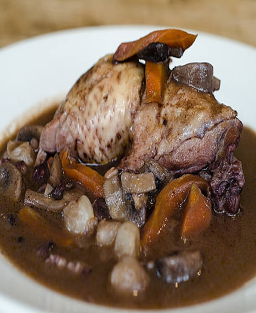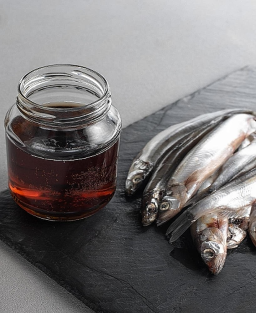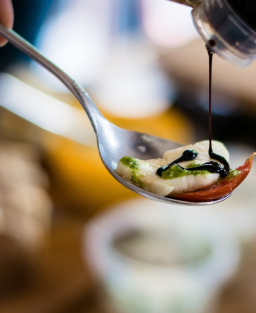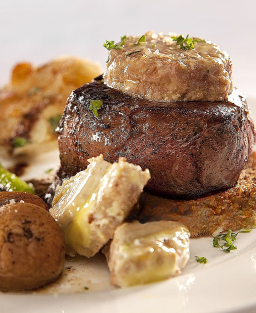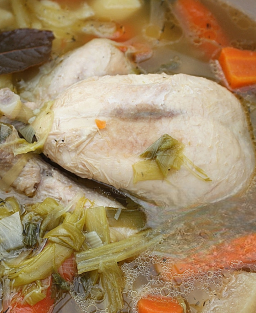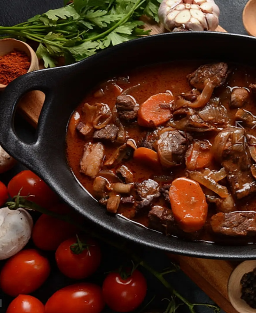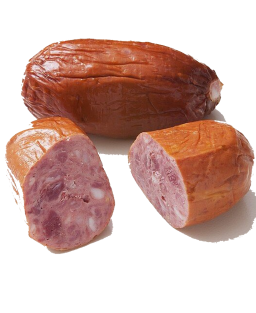Recipe of Filet Mignon Lili (Titanic Menu): French Culinary Heritage of the Last Dinner Served Onboard in 1912
Recipe of Filet Mignon Lili (Titanic Menu): French Culinary Heritage of the Last Dinner Served Onboard in 1912
Discover the traditional recipe of Filet Mignon Lili, an exceptional dish served during the Titanic’s last dinner, symbolizing French culinary refinement.
Anecdote
Gaelic (Ireland / Ulster):
-
"Is fearr long bheag le muir mhór ná long mhór gan muir ar bith."
Better a small boat on a great sea than a large boat with no sea at all.
Gaelic:
-
"Ní bhíonn báid gan tonnta, ná fear gan smaoineamh."
There is no boat without waves, nor man without thoughts.
Gaelic:
-
"An té a théann ar muir, ní bhíonn eagla air roimh ghaoth nó stoirm."
He who goes to sea fears neither wind nor storm.
Gaelic:
-
"Mol an óige agus tiocfaidh sí."
Praise the youth, and she will come.
Legend (historical developed version)
It is said that a first-class passenger, Lili Van der Velde, a young Austrian pianist who embarked in Southampton on April 10, 1912, unwittingly inspired the name of a dish that would enter legend: Filet Mignon Lili.
This creation likely originated a few years earlier in the kitchens of the Ritz in London, under the influence of the great Auguste Escoffier, then executive chef of the establishment and culinary advisor to several transatlantic companies, including the White Star Line.
Chef Charles Proctor, head of the Titanic’s kitchens, was one of the many cooks trained in Escoffier’s school. He reportedly chose to serve Filet Mignon Lili at the last dinner for first-class passengers, in homage to the Ritz tradition and the aesthetics of French haute cuisine exported overseas.
According to testimonies collected after the sinking, passenger Lili, a refined musician, played the piano that evening while this sumptuous dish was served, unaware that she would become one of the symbols of the Belle Époque’s last feast.
Thus, the dish’s name, long associated with an imaginary muse, combines romantic fiction and historical reality: a creation inspired by Escoffier’s school, interpreted at sea by the Titanic’s chefs, and, by tragedy, transformed into a tribute to culinary art and human destiny’s fragility.
Necessary Utensils
-
Copper saucepans
-
Cast-iron pans
-
Paring knife and sole knife
-
Probe thermometer
-
Cooking plates
-
Roasting dish
-
Non-stick pan for foie gras
-
Cookie cutters or molds for presentation
Country / Region
-
Country: France
-
Region: Tradition of Parisian haute cuisine, influenced by the great hotels of London and New York
-
Recipe inventor: Auguste Escoffier (inspired by the Ritz Carlton repertoire)
-
Recipe evolution: Filet Mignon Lili, appearing in early 20th-century gala menus, combined luxurious ingredients: foie gras, truffles, and artichokes. Over time, the recipe was simplified: Madeira was sometimes replaced by port, and foie gras by Périgueux sauce or truffle purée.
Iconic Chefs and Contributions (for a dish similar to Filet Mignon Lili)
-
Auguste Escoffier (France): structured the dish for formal dinners and standardized techniques for meat in sauce.
-
Fernand Point (France): modernized the sauce and lightened the stock for refined taste.
-
Paul Bocuse (France): reintroduced pan-seared foie gras and turned artichokes for elegant plating.
-
Raymond Blanc (England/France): perfected meat cooking and precision in sauce seasoning.
-
Heston Blumenthal (England): experimented with texture and flavor balance, adding innovation and lightness.
-
Michel Roux Sr. (France/England): adapted the dish to contemporary standards while respecting classical French tradition.
-
Gordon Ramsay (England): emphasized visual presentation and gastronomic plating for a “wow” effect.
-
Pierre Gagnaire (France): created original variations, harmonized accompaniments, and refined sauce composition.
Romantic Legend
A young Austrian pianist named Lili, embarking in Southampton for New York, reportedly charmed passengers and musicians aboard with her talent and grace. According to testimonies after the sinking, she played the piano during dinner, adding a delicate touch to the refined dining room atmosphere.
Although Filet Mignon Lili was conceived and named before boarding, this popular legend associates the dish with the musician’s grace and elegance, turning it into a poetic symbol of Belle Époque refinement and the ship’s last dinner.
Historically, the name “Lili” likely refers to Lillie Langtry, nicknamed Jersey Lily, a famous actress and high-society figure in late 19th-century Britain. She was close to Auguste Escoffier, who often dedicated dishes to influential and elegant personalities of the era, as he did for Sarah Bernhardt or the Prince of Wales.
Filet Mignon Lili was therefore likely a variation of an existing Escoffier dish, renamed in her honor, and included in the Titanic’s first-class last dinner by chef Charles Proctor, trained in Escoffier’s tradition.
Historical Context and Service Onboard
Filet Mignon Lili was served on the Titanic on April 14, 1912, during the last dinner of first-class passengers. The dish reflected the quintessence of French haute cuisine exported internationally.
The menu combined luxury and modernity: oysters, Consommé Olga, poached salmon, chicken supreme, and this famous filet mignon garnished with foie gras and black truffle, accompanied by pommes Anna.
Throughout the 20th century, this recipe, emblematic of Belle Époque refinement, was featured in major French and British hotels. It became a symbol of classical perfection and a tribute to pre-war gastronomy.
Thus, Filet Mignon Lili blends historical reality and imagination: homage to Lillie Langtry and Escoffier tradition, while remaining associated with the Titanic’s romantic and tragic atmosphere.
Recipe Description
A tender, pink beef filet, topped with a pan-seared foie gras medallion, coated with a carefully reduced Madeira and red wine sauce, accompanied by artichoke hearts and crispy pommes Anna.
All together creates a refined plate, with melting textures and powerful flavors, signature of early 20th-century French gala menus.
Ingredients
Filet Mignon
-
6 filet mignons (approx. 1.1 kg)
-
½ tsp salt and pepper
-
1 tbsp butter and 1 tbsp vegetable oil
-
2 garlic cloves
-
6 medallions of raw foie gras (duck or goose)
-
6 cooked, turned artichoke hearts
-
6 slices of black truffle (optional)
Sauce
-
2 tbsp butter
-
3 shallots, finely chopped
-
1½ tbsp tomato paste
-
1 bay leaf
-
1 sprig fresh rosemary
-
½ cup cognac, ½ cup Madeira, ½ cup red wine
-
3 cups strong beef stock
-
Salt and freshly ground pepper
Pommes Anna
-
¾ cup clarified butter
-
6 medium potatoes, peeled and thinly sliced
-
Salt and pepper
Technical and Professional Description
-
Total preparation: 1 h 45 min
-
Cooking: 1 h 15 min
-
Rest: 10 min
Detailed Preparation Steps – Filet Mignon Lili
-
Sauce Preparation
Equipment: copper or stainless steel pan, whisk, fine strainer, wooden spatula-
Melt 1 tbsp butter in a pan over medium heat. Add finely chopped shallots and sweat without coloring for 5 min.
-
Stir in tomato paste, bay leaf, and rosemary. Mix gently to coat aromatics.
-
Deglaze with cognac, Madeira, and red wine (½ cup each). Bring to a gentle boil and reduce by half, about 10 min.
-
Add beef stock and continue reduction until sauce coats the back of a spoon (approx. 15 min).
-
Strain through fine sieve and whisk in cold butter for a smooth, glossy texture. Adjust seasoning.
-
Keep warm in a bain-marie at 60 °C if not using immediately.
-
-
Pommes Anna
Equipment: ovenproof pan, brush, oven preheated to 230 °C-
Peel and slice potatoes thinly with a mandoline (max 2 mm).
-
Butter the pan, arrange slices in concentric circles or rosette, brushing each layer with melted butter, seasoning with fine salt and white pepper.
-
Brown over medium heat 8–10 min, then transfer to oven at 230 °C for 15 min.
-
Grill 1–2 min for even color.
-
Rest 5 min before cutting.
-
-
Filet Mignon Cooking
Equipment: heavy non-stick or cast-iron pan, tongs, probe thermometer-
Season filets with fine salt and cracked black pepper.
-
Sear over high heat 2–3 min per side for even crust and color.
-
Continue cooking over medium-low heat 10–12 min depending on thickness for a pink center (54–57 °C).
-
Rest covered in foil 5–7 min to redistribute juices.
-
-
Foie Gras Medallions Cooking
Equipment: hot non-stick pan, fine spatula-
Sear medallions 30 sec per side, not exceeding 45 °C in center.
-
Drain on paper towel and reserve.
-
-
Artichokes Cooking
-
Cook artichoke hearts in salted water or steam until tender.
-
Cut into uniform quarters, optionally sauté 1–2 min for light color.
-
-
Plating and Finishing
-
On a hot plate, place a portion of Pommes Anna.
-
Top with filet mignon, add foie gras medallion, sliced truffle, and artichoke quarters.
-
Gently spoon hot sauce around or over the filet depending on plating style.
-
Optionally decorate with a drizzle of reduced jus or finely chopped fresh herbs.
-
-
Safety and Storage Guidelines
-
Filet internal temperature: 54–57 °C
-
Foie gras: 45 °C
-
Quickly cool any unused sauce and store at max 3–4 °C
-
Use clean utensils and respect the cold chain for all sensitive ingredients
-
Versions / Regional Variations
-
Escoffier version: with Périgueux sauce, without artichokes
-
Modern version: with celery-truffle purée and Madeira reduction
-
British version (White Star Line): served with duchess potatoes and glazed peas
Tips and Advice
-
Do not overcook foie gras: should remain tender, not melted
-
Always strain sauce for a glossy finish
-
Serve artichokes hot to contrast the richness of foie gras
Service
-
Gastronomic plating: on hot plate, filet in center, sauce around, garnish in crown
-
Rustic version: in individual pot with Pommes Anna at base
-
Accompaniments: glazed peas, celery purée, or green asparagus
Recommended Wines and Drinks – Filet Mignon Lili
France
-
Saint-Émilion Grand Cru: elegant wine with silky tannins and complex bouquet
-
Château Margaux: refined structure and length on the palate
-
Pomerol: velvety, fruity wine with truffle and forest notes
Spain
-
Ribera del Duero: powerful, elegant reds, Tempranillo, black fruit aromas, pronounced tannins
-
Rioja Reserva: aromas of ripe red fruits, vanilla, leather, balanced acidity
Italy
-
Barolo (Piedmont): rose, black cherry, truffle aromas, firm tannic structure
-
Brunello di Montalcino (Tuscany): notes of dark fruits, leather, tobacco
After-Meal Drinks
-
Semi-dry Madeira: aromas of dried fruits, nuts, caramel
-
Vintage Port: rich, sweet wine, black fruit, chocolate, and spice notes
Nutritional Information (per serving)
-
Energy: 720 kcal (3010 kJ)
-
Fat: 48 g
-
Carbohydrates: 18 g
-
Protein: 48 g
-
Fiber: 3 g
-
Allergens: milk, sulfites, gluten (depending on sauce)
-
Possible adaptations: gluten-free (cornstarch thickener), alcohol-free (reduced grape juice)
Glossary
-
Turn a vegetable: shape into a regular oval with paring knife
-
Sweat: cook gently without coloring to evaporate water
-
Mount with butter: incorporate cold butter to bind sauce
-
Sear: expose to high heat to caramelize meat surface







